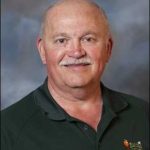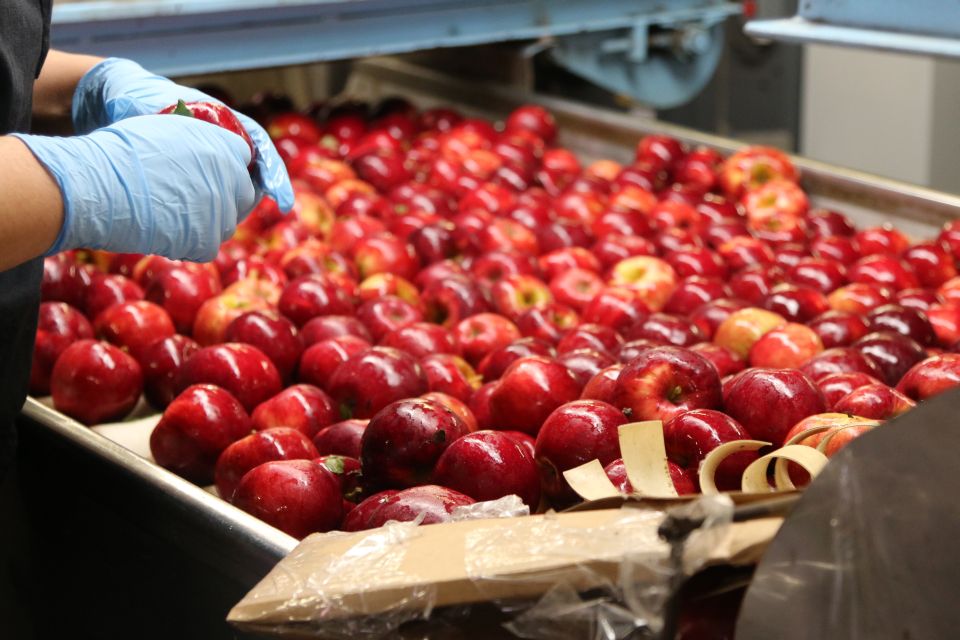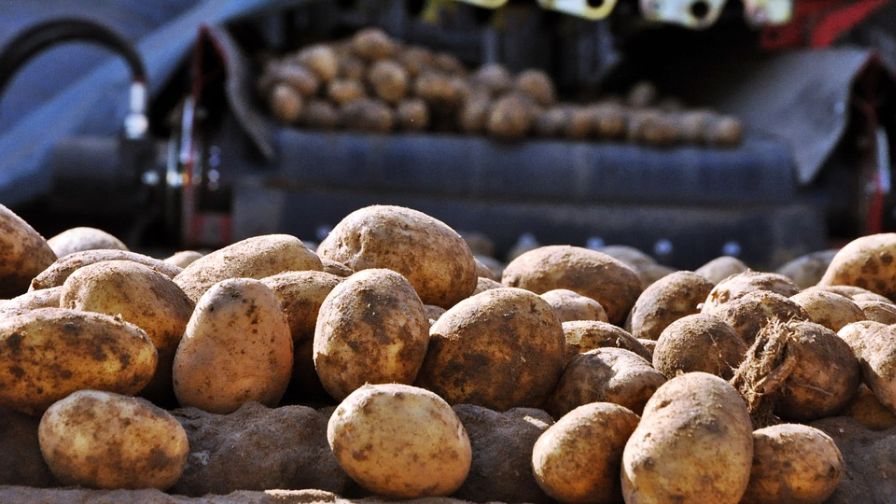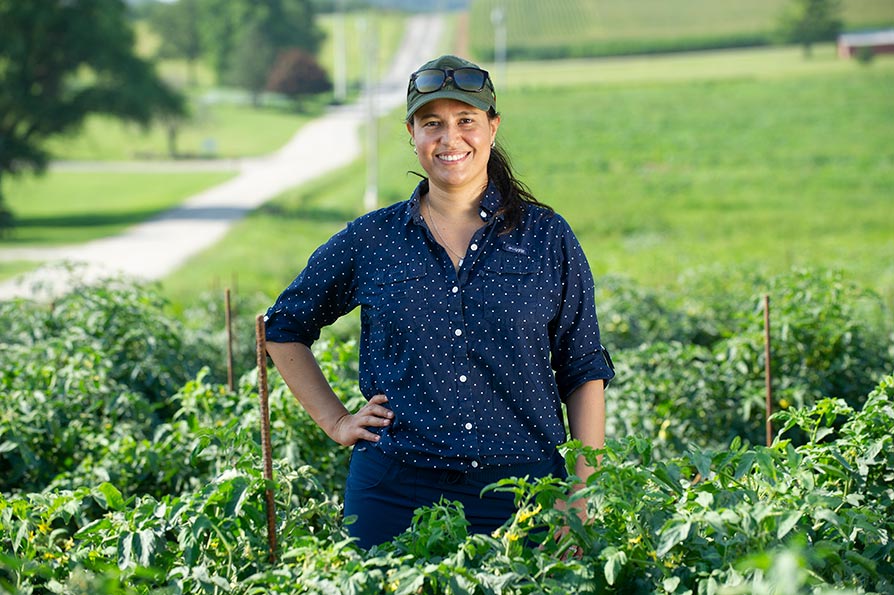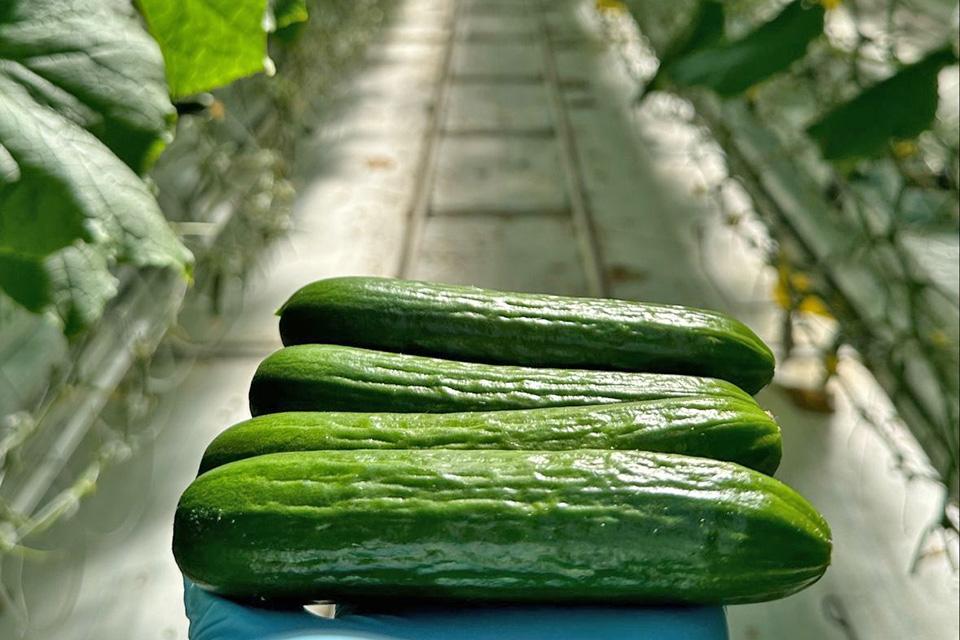2013 Vegetable Market Outlook
The 2011-2012 production season was difficult for many growers. Prices were low throughout most of the season and did not allow many growers to recover their costs of production. Tomatoes highlight the difficulty that many vegetable growers experienced. The share of tomato production from protected agriculture (greenhouse, shadehouse, etc.) continued to increase. A large part of that increase came from imports. In addition, good growing conditions throughout North America for field growers, the impact of weather on the timing of shipments, a growing diversity of tomato types/substitutes in the market, shifts in market preferences, and the economic downturn all influenced the low prices of 2012.
Lower returns have left many growers searching for alternatives to their normal practices. With consumption and prices declining as they have, it brings into question the causes of these low returns and begs the question: What should growers do to preserve the capital they have in their businesses as they position themselves for the future?
Protected Culture Shock
As we look ahead, it is difficult to see any great improvements in returns in the near term. The growth of protected agriculture in the fresh vegetable market has taken much of the volatility out of production and turned this business into more of a commodity business than ever before. Large growers can take advantage of economies to scale and survive on the shrinking margins that are available to growers.
A decade ago, this industry was poised for a period of what most people thought would be significant and profitable growth. Ten years later, per capita consumption is declining and the structure of the industry favors large, low-margin producers now more than ever. One of the few bright spots in this industry is a growing market for locally produced fresh fruits and vegetables, but that market is a niche market favoring smaller crop producers who rely on community and the notion that local produce is fresher and of higher quality.
There still exists a high level of risk in this industry. We are likely to see a cut in traditional production of many fruits and vegetables. The high risk associated with growing fresh produce results from higher costs of production and the yield volatility that exists for those who do not grow in protected environments. The increase in protected agriculture has removed much of the competing markets’ production volatility. That means there will be fewer opportunities to hit the home run in returns that growers experience when others suffer a production setback. Those setbacks are fewer and less severe because of the expanded production in protected environments.
Planning And Preparation
Careful scrutiny should be given to production costs and marketing. If you are going to survive in the national market, you will have to compete on price. To do that, you will have to be a low-cost producer. There will be opportunities in local markets for some producers and attention will need to be paid to the special services those local markets will require. It is that special attention that may give smaller producers an opportunity.
The fresh produce industry is in a state of change. The industry no longer has the luxury of resting on its laurels and doing things the way they have always done before. Those who survive this change will be the ones who are implementing change. Farming is no longer just working the soil and selling your products to traditional markets. It is now a complete business and requires a sharp pencil to survive. How sharp is your pencil?




